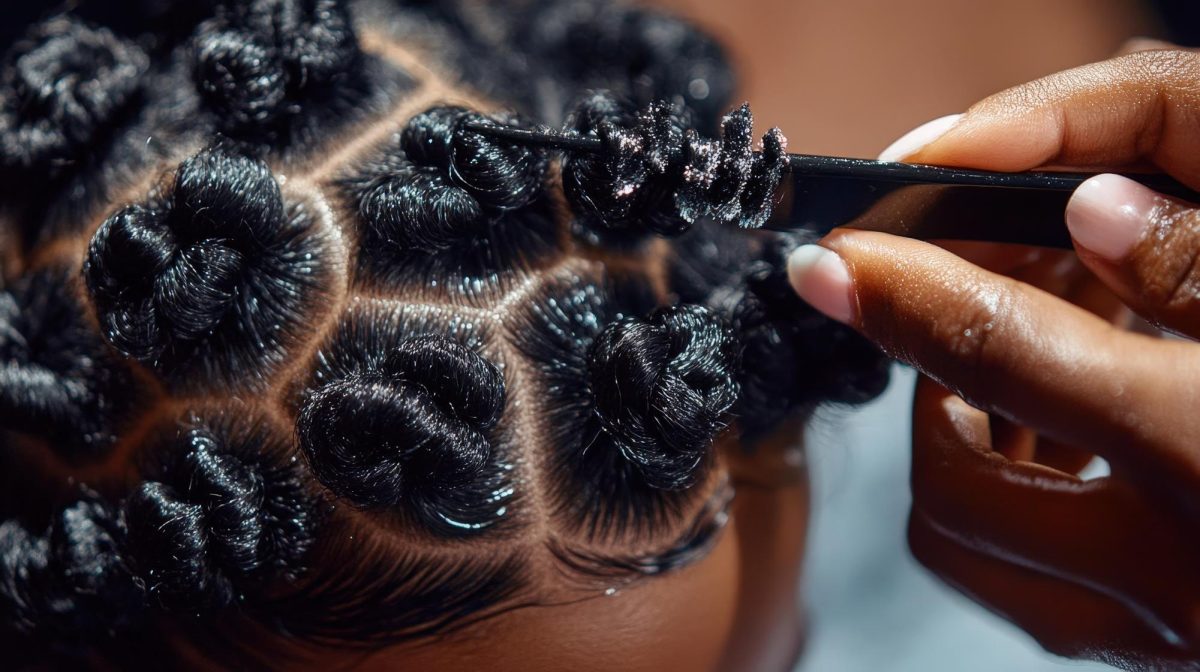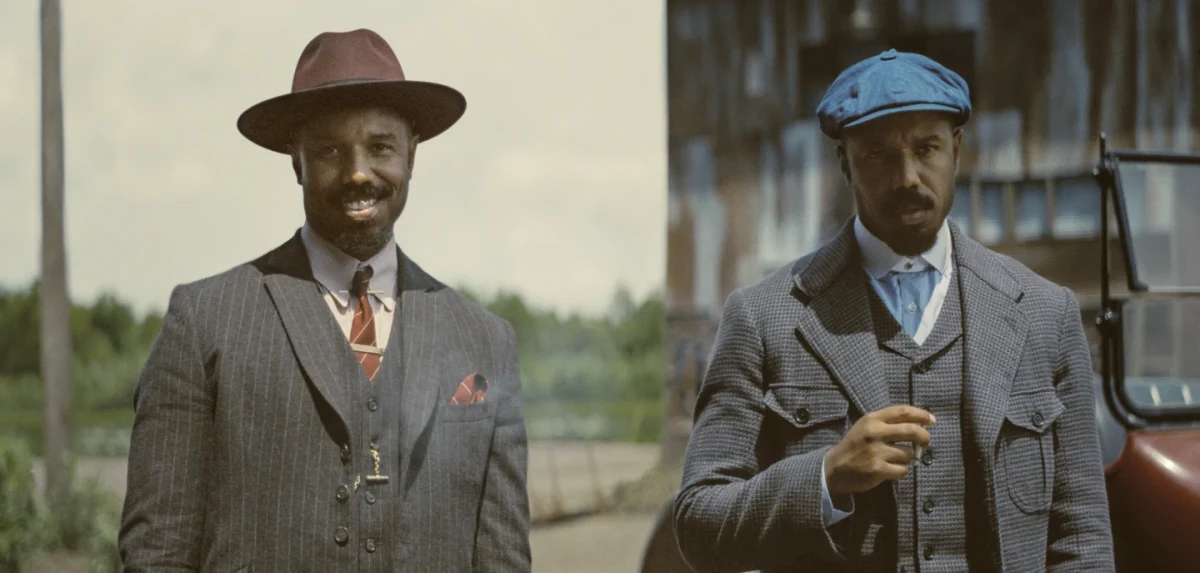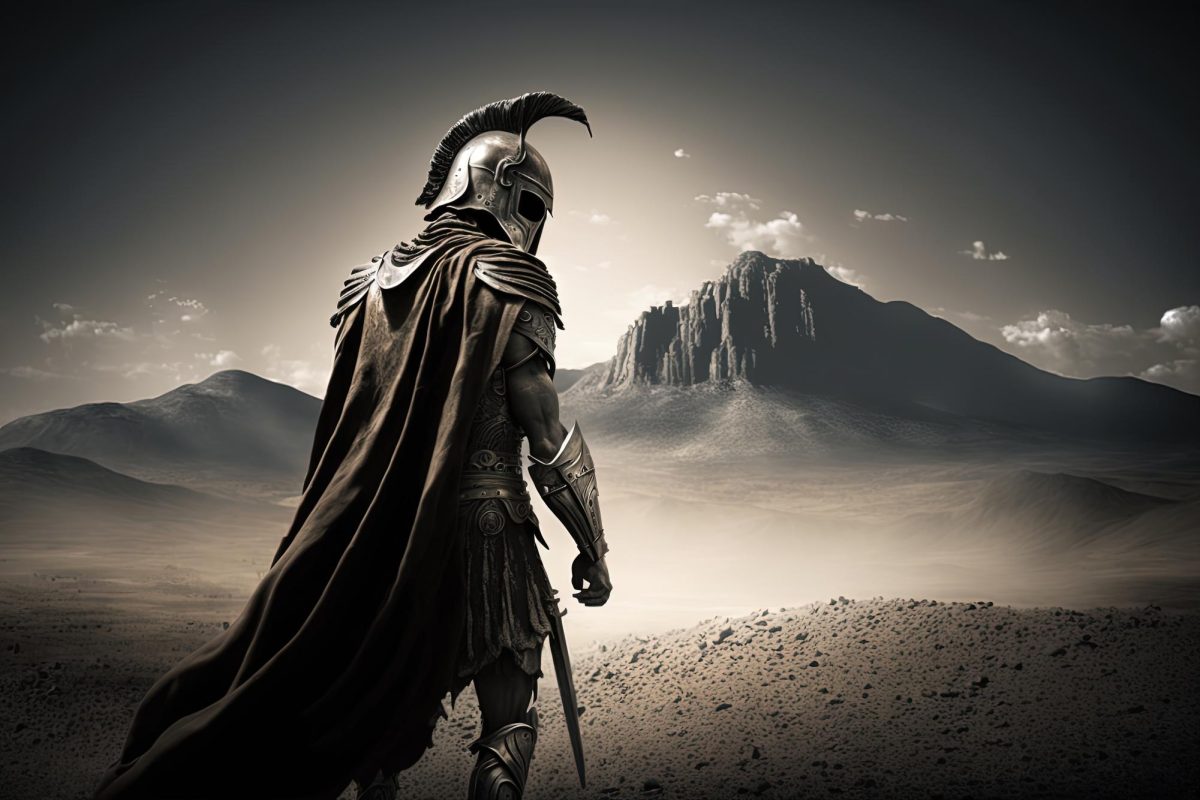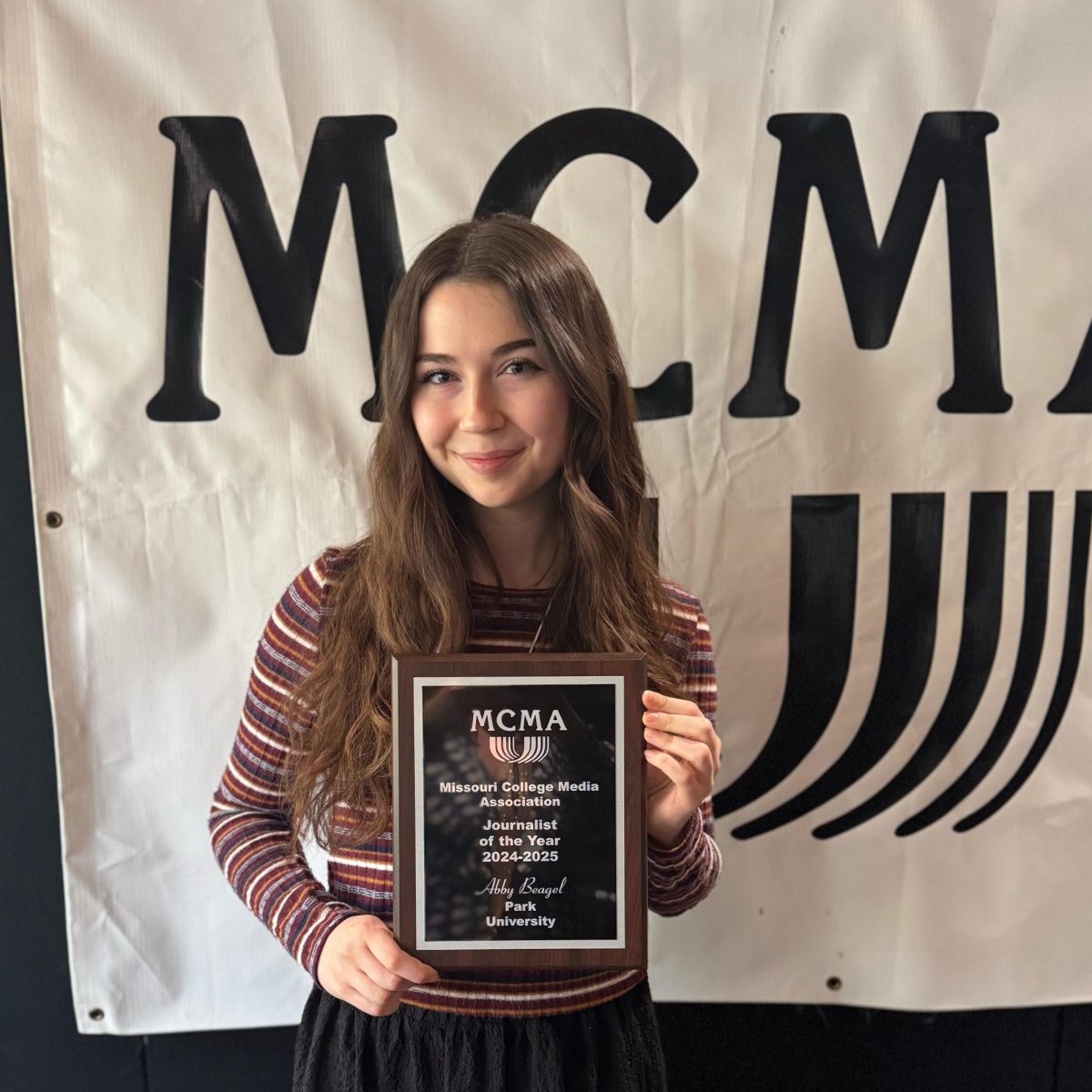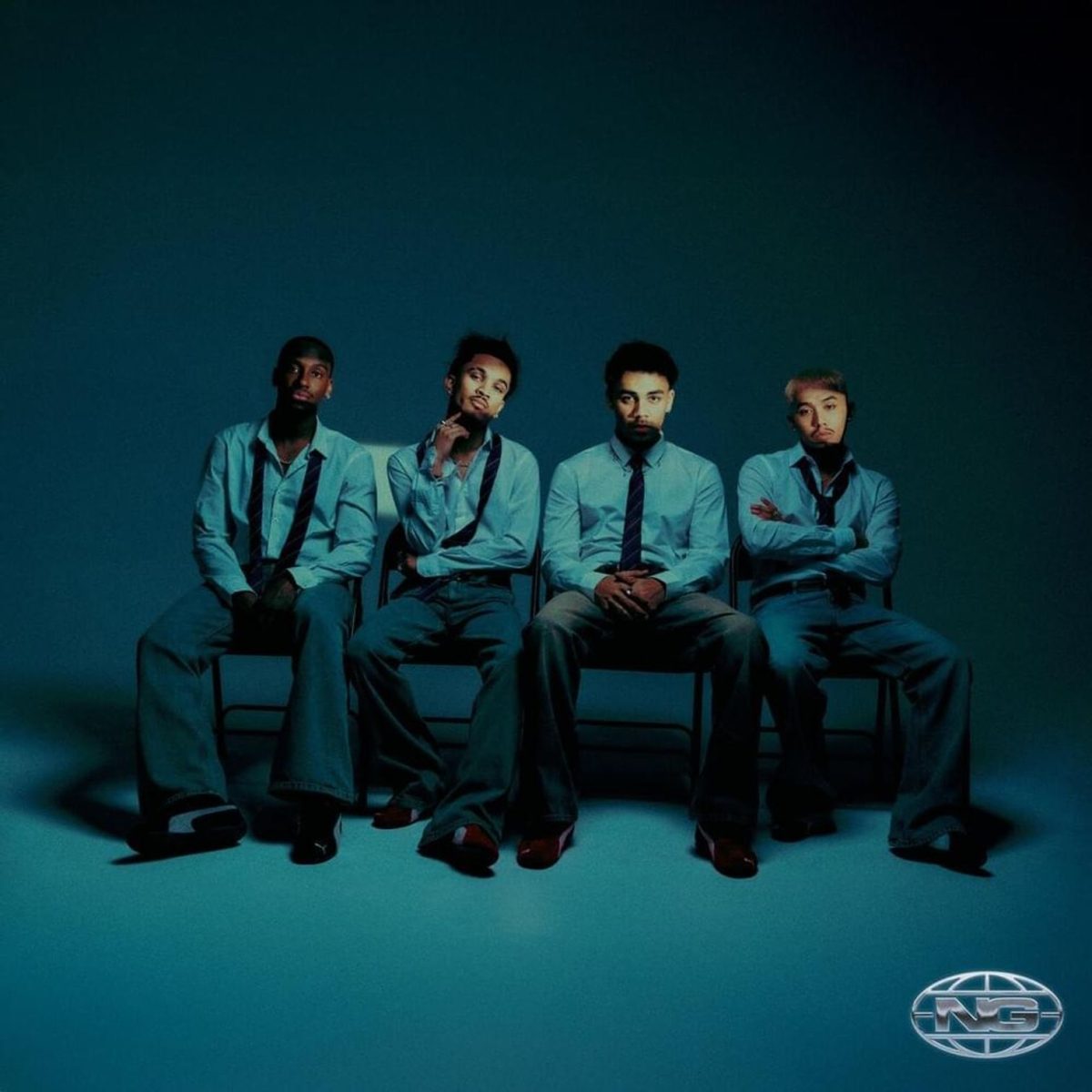Viking braids and Black braids both involve intricate weaving of hair, but they originate from entirely different cultures, histories and purposes.
The term “Viking braids” refers to hairstyles thought to have been worn by Norsemen between roughly the 8th and 11th centuries. These braids were practical for seafaring warriors. Vikings likely wore simple braids, twists and ponytails to keep their hair manageable during voyages and battles.
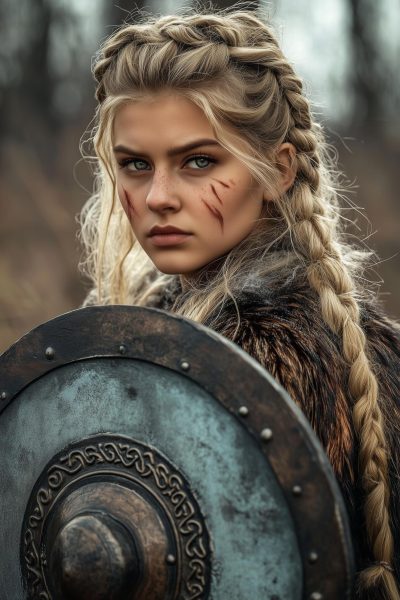
Evidence from archaeological finds, such as combs and grooming tools, and a few historical descriptions suggest that Norse people were meticulous about hair care, but exact styles are largely speculative. Modern depictions of “Viking braids” — thick, rough plaits often seen in shows like Vikings — are largely fictional, romanticized by popular media. Historically, hairstyles varied based on status, gender and region but were generally less elaborate than how they’re portrayed today.
Excavations of Viking sites have unearthed grooming tools such as combs (made from wood, bone or antler), tweezers, razors and ear picks. These finds suggest that Vikings were concerned about cleanliness and personal appearance. In fact, medieval Christian chroniclers like John of Wallingford complained that Viking men “combed their hair every day” and “changed their clothes frequently” — something unusual compared to many Europeans at the time.
However, very few written sources from the Viking Age survive, and even fewer describe hairstyles in detail. The sagas — epic stories written down centuries later — occasionally mention men with long hair and beards, and women with elaborately arranged hair, but rarely specify exact styles.
Based on limited historical accounts and Norse art, such as carvings and statues, scholars believe it’s likely that Vikings used simple braids, twists and ponytails to manage their hair. Long, loose hair could be dangerous in battle or on the sea, so tying or braiding it was practical.
Men may have worn their hair:
- Long on top and short on the sides (sometimes called a “reverse mullet” today)
- Pulled back into braids or a knot
- Braided into one or two thick plaits
Women’s hairstyles may have been more elaborate. Wealthy Viking women, who had more time and resources, likely wore their hair in carefully maintained braids, buns and updos, often secured with ornate pins and beads.
Hair could also reflect social status. A well-groomed and decorated hairstyle indicated wealth and rank. Warriors and nobles likely had distinctive styles to show off their status. However, compared to African braiding traditions — where patterns can signify tribe, marital status and more — Viking hairstyles were less symbolic and more practical or aesthetic.
Today, the idea of “Viking braids” often includes complex styles, sometimes mixed with undercuts, dreadlocks and shaved designs. These looks, popularized by media like Vikings or Assassin’s Creed: Valhalla, are modern inventions. Actual Viking braiding was far simpler and more functional.
Braids originated in ancient Africa, with evidence dating back to 3500 B.C. Styles like cornrows, box braids and other intricate patterns carried significant cultural meaning, representing things like tribe, age, marital status, wealth and religion. Hair braiding was, and still is, a communal activity that often includes storytelling and bonding.
Cornrows are one of the oldest traditional African styles. Archaeological evidence shows that cornrows were worn as early as 3000 B.C. in Africa. The name “cornrow” comes from the rows of crops in fields, but the style’s origin and symbolism predate the word.
During the transatlantic slave trade, enslaved Africans maintained cornrows not only to preserve culture but also for practical reasons — tight braiding protected the hair during harsh labor. Cornrows were also used to map out escape routes or hide seeds and tools for survival.
Throughout the diaspora, especially in the Americas and Caribbean, braided styles evolved but remained vital symbols of identity and resistance. During the 20th century, movements like the Black Power movement reclaimed natural hair and braids as forms of pride and resistance to Eurocentric beauty standards.
While both styles involve weaving hair, Viking braids and Black braids have very different roots and meanings. Viking braids were utilitarian, with little symbolic weight. Black braids, especially cornrows, hold deep cultural, spiritual and historical significance.
African braiding techniques are also far more intricate and diverse. Styles like Fulani braids, Bantu knots and Ghana braids demonstrate complex skill. In contrast, Viking braids were simpler, reflecting different priorities in hairstyling.
Viking braids and Black braids are not interchangeable. Black braiding is an ancient cultural tradition rich in meaning. Viking braids were functional, simple styles suited for life in Northern Europe. Understanding the difference is essential to respecting the heritage behind each.



